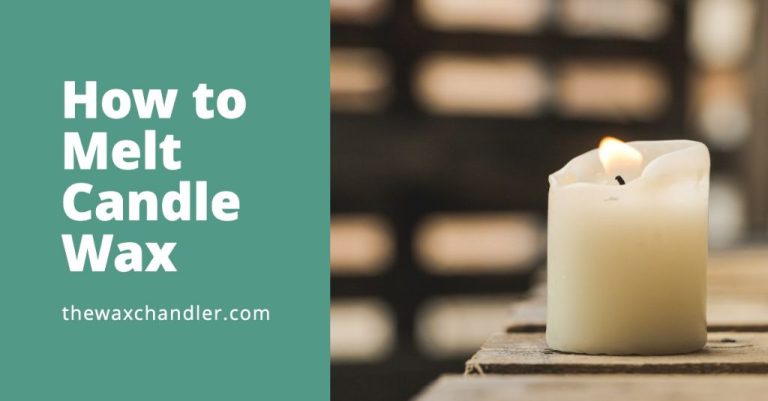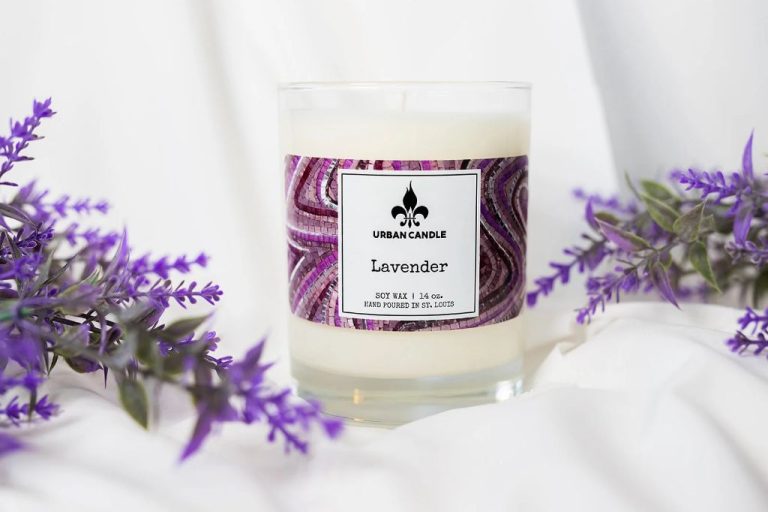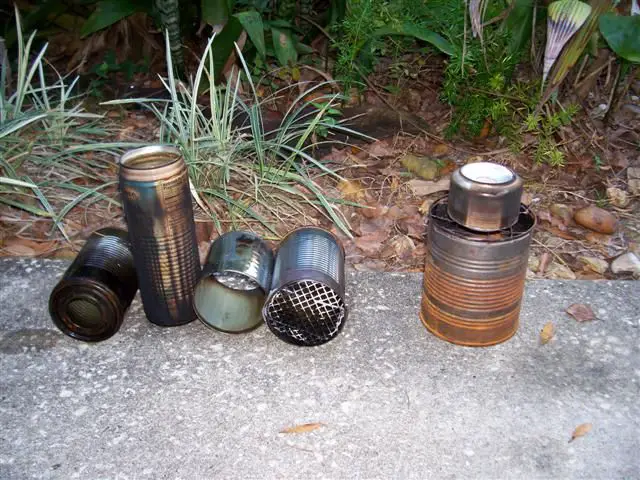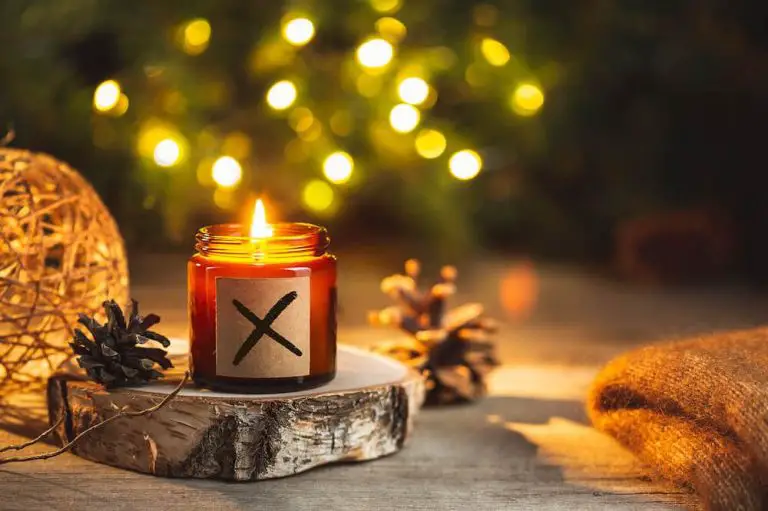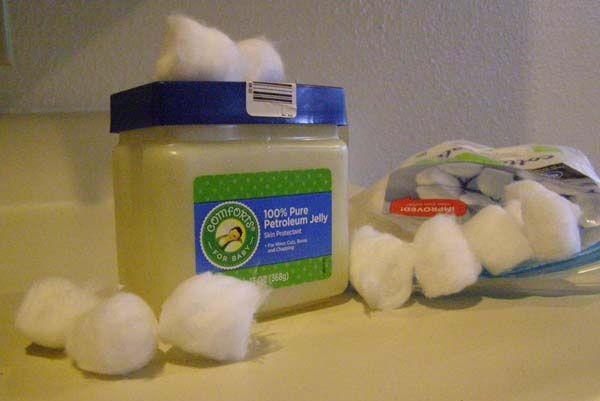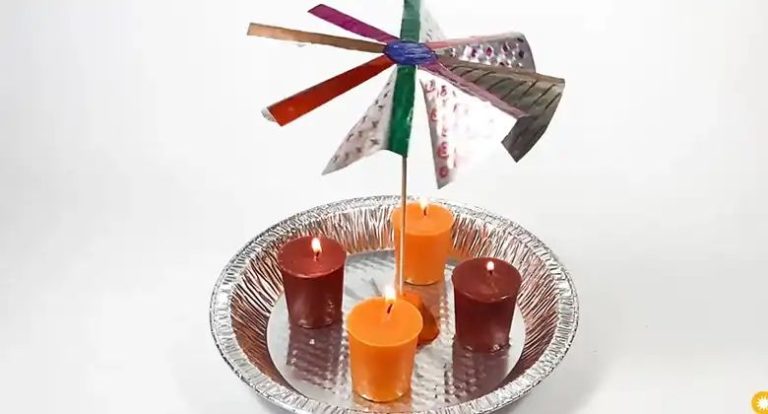How Hot Is A Birthday Candle Flame?
Birthday candles are a staple of birthday celebrations around the world. As we sing Happy Birthday and eagerly await making a wish, the small flames flicker brightly atop the cake. But while birthday candles create a festive atmosphere, their flames can reach surprisingly high temperatures.
The heat generated by a burning candle matters for both safety and performance. Understanding the temperature allows us to handle candles appropriately and avoid potential burns or fires. It also provides insight into how candles operate and what makes some burn brighter than others.
In this article, we’ll take a close look at exactly how hot birthday candle flames get. We’ll examine the wax combustion process, explore factors impacting flame temperature, and uncover some interesting facts about these tiny yet fiery decorations.
What Fuels a Birthday Candle
Birthday candles are commonly made from paraffin wax, which is a soft, colorless wax derived from petroleum, coal or oil shale. Paraffin wax has a low melting point, which allows it to melt quickly and be absorbed into the wick as fuel for the flame.
According to the Columbia Tribune, paraffin wax melts between 115-150°F, allowing the liquefied wax to travel up the wick via capillary action. The wax then vaporizes at the flame and provides the fuel needed to keep the candle burning. Most birthday candles are small and thin, maximizing the surface area exposed to air and enabling rapid melting for a bright flame.
Sources:
https://www.columbiatribune.com/story/news/local/2020/11/18/science-and-history-behind-your-happy-birthday/6220617002/
Combustion Process
When a candle burns, the solid wax of the candle is turned into a gas through a chemical reaction with oxygen in the air. This is called combustion, or burning (https://www.explainthatstuff.com/candles.html).
The candle wax is made up of hydrocarbons, which are molecules that contain hydrogen and carbon atoms. When the candle is lit, the heat of the flame melts the solid wax near the wick into a liquid. This liquid wax is then drawn up the wick by capillary action.
As the liquid wax reaches the flame, the heat causes the hydrocarbons in the wax to break down into smaller molecules, creating hydrocarbon gases or vapors. These vapors mix with oxygen in the air surrounding the flame. The hydrocarbons and oxygen then react in an exothermic chemical reaction – combustion.
The energy released from this combustion reaction produces more heat, keeping the wax melted and sustaining the flame. The main byproducts of burning wax with oxygen are carbon dioxide, water vapor, and heat energy. The combustion reaction converts the chemical energy stored in the hydrocarbons into thermal energy in the form of the candle flame (https://candles.org/candle-science/).
Flame Temperature
The flame temperature of a typical birthday candle can reach up to 1400°C or 2552°F (Temperature of a Candle Flame – The Physics Factbook). This is because the wax vaporizes during combustion, producing gaseous compounds that ignite and result in a high-temperature flame. The hottest part of the flame is the blue inner core, where oxidization reactions are most intense. According to Candle Science, when soot particles near the top of the flame’s yellow region oxidize, the temperature can reach around 1200°C. So while the blue inner core may exceed 1400°C, the outer edges of the flame are slightly cooler at around 1000-1200°C.
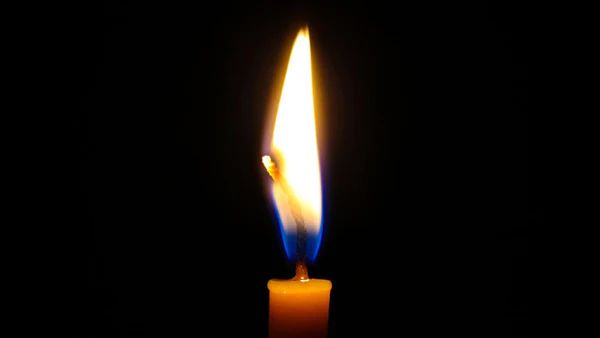
In general, birthday candle flames fall in the range of 1200-1400°C or 2200-2500°F. The taller the flame, the higher the temperature. Factors like wax composition, wick type, and air flow can all impact the flame temperature. But under normal conditions, these small wax candles can burn at surprisingly high temperatures, which is why caution should be exercised to avoid burns or setting objects alight.
Factors Affecting Flame Temperature
The temperature of a candle flame depends on several factors including the wick size, wax composition, and flame size. The wick acts as a fuel delivery system, drawing the melted wax up to the flame through capillary action. Thicker wicks will supply more fuel to the flame resulting in a larger, hotter fire. Most birthday candle wicks are made of cotton and are relatively thin, around 1 mm thick, to produce a small flame.
The wax composition also affects the flame temperature. Paraffin wax, commonly used in birthday candles, has a relatively low melting point of around 130°F. Beeswax and soy wax have higher melting points, producing hotter flames. Paraffin burns at around 1,985°F while beeswax can reach up to 2,552°F. The more quickly the wax melts and vaporizes, the hotter the flame will be.
Finally, the size of the flame determines how much heat is produced at the tip versus the cooler base. A taller flame has a larger hot zone versus a shorter flame where more heat is dispersed over a wider base area. Since birthday candles are meant to burn for only a minute or so, the flames remain relatively small, about 1-2 inches high.
Overall, by controlling the wick size, wax composition, and flame height, birthday candle manufacturers are able to produce a small, warm flame that burns just long enough to glow brightly over a cake.[1]
Candle Wax Melting Point
The wax used in most birthday candles is paraffin wax. According to the Britannica Encyclopedia, paraffin wax is a soft colorless or white wax composed of saturated hydrocarbons. It has a melting point ranging from about 47°C to 64°C (116°F to 147°F) [1]. Paraffin wax melts at temperatures above approximately 37°C (99°F), with a boiling point above 370°C (698°F) [2]. This allows the wax to be in solid form at room temperature, while melting quickly from the heat of a candle flame.
The melting point of paraffin wax enables it to liquefy as the candle burns. The melted wax is then drawn up the wick via capillary action to fuel the flame. This allows the candle to burn slowly and evenly. The wax melting point is low enough that the heat from the flame can easily liquefy the wax, yet high enough to maintain the candle shape at room temperature.
Fire Safety
Burning candles present some safety risks that should be considered. Leaving burning candles unattended can lead to accidental fires or burns (abcnews.go.com). Candles should always be kept at least 12 inches away from anything flammable like curtains, bedding or furniture (cottonfiredepartment.com). If a candle is left burning too long, the heat can ignite nearby objects. Candles also produce hot melted wax which can drip and cause skin burns if spilled. Children and pets should be kept away from lit candles which can be easily knocked over. It’s important to extinguish candles before going to sleep or leaving a room. Smart precautions like using sturdy candle holders and not leaving burning candles unattended can help ensure safety.
Experimenting with Candle Flames
There are a few methods that allow you to measure the temperature of a candle flame at home using common items. One simple way is to use a thermometer. Hold the thermometer about 1 inch above the flame and take a temperature reading after the thermometer stabilizes. Different types of thermometers can be used, such as laboratory grade thermometers, cooking thermometers, or even an indoor/outdoor thermometer. According to experiments, candle flames typically measure around 1400-1700°F near the base of the wick.
Another approach is to construct a simple calorimeter using two metal cans nested together with a layer of insulation between them. Place a candle in the inner can and light it. Measure the starting and final temperature of a known quantity of water in the outer can. Use the temperature change and heat capacity of water to calculate the energy released by the candle over a measured time. Then relate the energy change to the approximate flame temperature. This experiment allows you to get a reasonable estimate of candle flame temperature with common household materials.
More advanced methods like thermocouples and infrared thermometers can also be used to accurately measure a candle flame’s temperature. But the methods described above allow simple experiments to be conducted at home using standard equipment.
Referenced Sources:
Temperature Measurement of a Candle Flame
Measuring Temperature of Flames
Interesting Facts
Birthday candles hold a special symbolism and meaning in many cultures. Here are some fun trivia facts about these iconic decorations:
The world record for the most birthday candles lit on a cake is over 70,000! This was achieved by the Sri Chinmoy Centre in New York City in 2004. They lit 70,585 candles on a huge cake to celebrate the leader’s 73rd birthday [1].
The tradition of putting candles on cakes dates back to ancient Greece. Greeks offered round or moon-shaped cakes with lit candles to Artemis, the goddess of the moon and hunting. This was meant as a way to seek her blessings [2].
Blowing out birthday candles is believed to have originated from ancient beliefs that the smoke carries one’s wishes and prayers to the gods. The lighted candles also symbolized the “light of life” [3].
In some cultures, the number of candles blown out in one breath is said to predict how many years the person will live. Friends and family cheer them on to blow out all the candles for a long life!
Conclusion
In summary, birthday candle flames can reach temperatures between 1,400-1,800°F. The exact temperature depends on factors like the candle wax composition, wick type, airflow, and more. While flames may seem small, they are quite hot, which allows candles to melt wax efficiently. The key takeaways around birthday candle flame temperatures are:
- Candle flames consist of a hot inner core surrounded by a cooler outer zone.
- Typical birthday candle flames range from 1,400-1,800°F at the hottest point.
- The candle wax melting point (e.g. paraffin at 115-160°F) determines the minimum heat needed.
- Wick type influences how hot the flame burns based on the combustion rate.
- More airflow causes the flame to burn hotter with more oxygen.
- Higher altitudes result in cooler candle flames due to thinner air.
- Candles should be handled safely to avoid burns or accidental fires.
While birthday candle flames seem small and innocuous, they can be deceivingly hot. Understanding the science behind how they work provides insight into fire safety and prevention.

